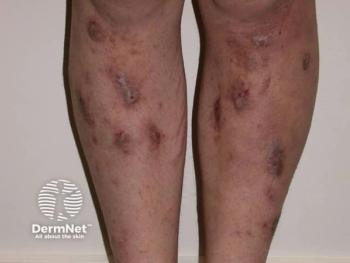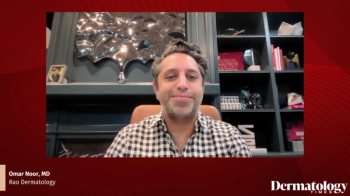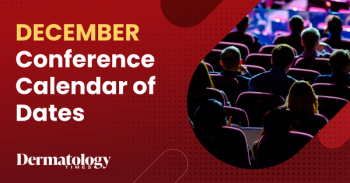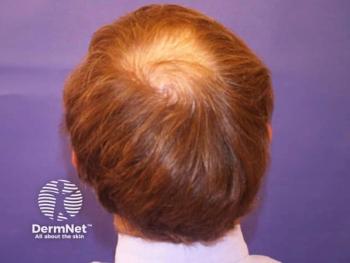
Researchers Report Successful Off-Label Use of Q-Switched Ruby Laser in Vitiligo
A pediatric patient with treatment-resistant vitiligo experienced improvements in depigmentation in as few as 9 treatments.
In the case of an 11-year-old patient with treatment-resistant vitiligo universalis, off-label use of the 694 nm Q-switched ruby (QSR) laser led to improvements in depigmentation and more even skin tone.
In a recent case report1 published by the Indian Journal of Dermatology, Venereology, and Leprology, researchers Zhou et al discussed the lack of existing consensus for the efficacy and safety of depigmentation therapies in pediatric patients with more extensive forms of the condition.
At the time of publication, use of the QSR laser in patients with vitiligo is considered off-label use; the QSR laser is currently used for indications such as café au lait macules, lentigines, and tattoo removal, for example.2 In children, it has safely treated nevus of Ota in pediatric populations and has also been documented in several adult cases of vitiligo.
Zhou et al reports that the patient, an 11-year-old female, began experiencing hypopigmentation at the age of 4, localized to her hip region. Despite being treated with several therapies, including calcineurin inhibitors, corticosteroids (both oral and topical), and phototherapy over the years, the patient’s vitiligo was non-responsive to treatment, at which point, 90% of her body surface area was affected by depigmented lesions. The patient began visiting Xijing Hospital’s outpatient dermatology department in 2014.
Due to a combination of prior literature related to QSR efficacy and use and the patient’s non-response to other first-line treatment options, researchers opted to trial the QSR laser in the patient. Researchers began each of the 9 treatment sessions by applying a topical 5% lidocaine cream an hour prior to use of the laser. During treatment, topical depigmenting agents were not prescribed in order to avoid overtreatment. After each session, sun protection was emphasized.
Between 2014 and 2016, the patient underwent treatment at intervals of 6 months for a total of 4 treatments. Depigmentation had become noticeable at around 10 days post treatment. After 4 sessions and satisfactory depigmentation outcomes, researchers advanced treatment intervals to 1 to 2 treatment sessions per 1 year as part of a maintenance period.
“During the treatment, we found her course of depigmentation was consistent with adults,” according to Zhou et al.
In 2022, the patient was satisfied with the outcome of treatment.
“In the process of building up the tolerance of children, we suggest that the 694 nm QSR laser can be the first step to start and the 755 nm Q-switched alexandrite laser could be used as an alternative. We think the use of cryotherapy and topical agents for depigmentation like monobenzyl ether of hydroquinone are both not feasible in the pediatric age group, because of their higher risk of undesired side effects such as scar formation, skin irritation and contact dermatitis,” wrote Zhou et al. “Depigmentation therapy with the 694 nm QSR laser can be added to the management of pediatric vitiligo universalis. However, future long-term prospective studies are needed to determine its efficacy and combination with other treatments.”
References
- Zhou Y, Gao T, Li C, Jian Z. Q-switched ruby laser for depigmentation: a feasible modality to treat vitiligo universalis in children. Indian J Dermatol Venereol Leprol.
doi: 10.25259/IJDVL_36_2023 - Q-Switched Ruby Laser. Q-switched ruby laser - an overview | ScienceDirect Topics. Accessed August 1, 2023.
https://www.sciencedirect.com/topics/medicine-and-dentistry/q-switched-ruby-laser .
Newsletter
Like what you’re reading? Subscribe to Dermatology Times for weekly updates on therapies, innovations, and real-world practice tips.


















